The NiPoGi AM16 has already impressed in the desktop computer test with its very good energy efficiency. It completed the tasks quickly and used comparatively little energy. Good energy consumption and high, short-term performance are important arguments for a home server. We will therefore now take a closer look at the NiPoGi AM16 as a mini server.
Why is the NiPoGi AM16 suitable as a home server?
Power consumption and performance
The CPU offers 6 power cores that were produced using the 7nm manufacturing process. Although this is no longer the latest manufacturing process, in combination with the AMD architecture it is still superior to most Intel processors.
Extensibility
If you want a compact mini PC with a lot of memory, expandability is of the utmost importance. The NiPoGi AM16 scores particularly well in this regard. Not only can the permanent storage be expanded to a total of three internal hard drives, the RAM can also be expanded up to 64GB.

As things stand, it should be possible to install an 8TB M.2 NVMe, a 2TB M.2 SATA and an 8TB SATA SSD.
Examples of expanding the mini PC:
- ORICO M.2 NVMe SSD Enclosure USB-C Adapter 10Gbps *
- Lexar NM790 4TB, M.2 2280 NVMe SSD *
- Samsung 990 EVO NVMe M.2 SSD 2TB *
- WD Blue SA510 SATA SSD 2 TB M.2 2280 *
- Samsung 870 EVO SATA III 2.5 inch SSD *
- Samsung 870 QVO SATA III 2.5 inch SSD *
- Crucial RAM 64GB (2x32GB) DDR4 3200MHz *
The maximum speed at which the RAM can operate often depends on the BIOS version with which the mini PC is delivered.
Connectivity
The number and quality of the connections can be classified as standard. There is a 1 Gbit network card, a WiFi 6 adapter and several USB 2 and USB 3 ports. The possibility of passing the WLAN/Bluetooth module on to a virtual machine via passthrough should not be underestimated either.
Optics and accessories
The mini PC can be set up anywhere easily and saves space, and thanks to the VESA monitor mount it can be easily hidden. The design is not particularly conspicuous and the mini PC can therefore be easily hidden in the living room. If you want to integrate the mini PC nicely into your living environment, it is recommended that you remove the stickers.

Installation
When installing, you can follow the installation instructions from Proxmox. You just have to make sure that you select the appropriate network card depending on your intended use.
After installing Proxmox, two specific scripts from https://tteck.github.io/ are useful to correctly configure the Proxmox installation and then install Home Assistant.
Proxmox Post Install Script
bash -c "$(wget -qLO - https://github.com/tteck/Proxmox/raw/main/misc/post-pve-install.sh)"Proxmox Home Assistant Install Script
bash -c "$(wget -qLO - https://github.com/tteck/Proxmox/raw/main/vm/haos-vm.sh)"You will then find a Home Assistant VM in Proxmox that can be started and set up.
Power consumption
Below I have put together a few load scenarios for you. The measurement was carried out without a connected monitor, with an NVMe SSD and without USB devices with a Shelly Plus Plug S. The setting powertop --auto-tune was used for all tests.
| Utilization | 1 Core | 2 Cores | 4 Cores |
|---|---|---|---|
| 100% | 28.4W | 37.2W | 41.7W |
| 90% | 26.3W | 34.3W | 41.3W |
| 80% | 23.6W | 30.5W | 35.3W |
| 70% | 18.2W | 23.1W | 28.4W |
| 60% | 14.9W | 18.8W | 23.1W |
| 50% | 13.4W | 16.1W | 20.1W |
| 40% | 11.7W | 14.1W | 17.3W |
| 30% | 10.5W | 12.2W | 14.3W |
| 20% | 8.8W | 10.1W | 11.6W |
| 10% | 7.4W | 8.9W | 10.2W |
| 0% | 5.6W | 5.6W | 5.6W |
Application-specific energy consumption
- Without load, i.e. without an active virtual machine, the power consumption is 5.6 watts.
- With Home Assistant running, the idle consumption is between 6.1 and 7.3 watts. If Home Assistant runs computationally intensive processes, consumption increases to up to 20 watts.
- An active ZigBee stick increases the idle consumption to 8.5 watts.
The mini PC as a home server
Computationally intensive tasks
Whether for simple tasks such as Home Assistant or more complex applications, the NiPoGi AM16 mini PC is suitable for both. Theoretically, the CPU could deliver significantly more computing power, but this is limited by a defined limit on electrical power when multiple cores are in use. The maximum single-core performance is achieved when 1-2 cores are in use, and the maximum clock frequency is reduced when all cores are in use.
In our test, the AMD graphics chip was able to offer useful acceleration, especially when converting videos.

The mini PC is audible when it is under heavy load. When it is not under load, it can only be heard from a few centimeters away or not at all.
Simultaneous use as Linux desktop
With the ability to pass the integrated AMD graphics card through to a virtual machine, the NiPoGi AM16 can be used simultaneously with the AMD Ryzen 5 PRO 5675U as a desktop computer or media PC. To do this, simply create a virtual machine, install Ubuntu, Debian, Arch Linux or another distribution with the latest kernel and pass the AMD graphics card to the virtual machine via PCI passthrough. Hardware acceleration and other functionalities with the AMD GPU are then available in the VM depending on the operating system used.
This setup, which is only in a virtual machine, makes it possible to use the mini PC as a media PC with Jellyfin or as a desktop computer at the same time. All this without affecting the other virtual machines that are already running in Proxmox.

Storage Server
The NiPoGi Mini PC offers various connection options. For example, the NVMe SSD can be replaced with an SSD with more storage. In addition to an M.2 SATA SSD, another SATA hard drive or SSD can be installed. Thanks to all these options, the internal storage of the NiPoGi Mini PC can be expanded to over 10 TB, and in the best case even to 18 TB.
The USB 3.2 ports also allow you to connect fast external storage media. The expandability via USB makes it possible to expand the mini PC even further with several large data storage devices.

Thanks to its external and internal connection options, the NiPoGi Mini PC is ideal as a small and compact storage server with a fast network connection.
WLAN access point
It can also be used as a WLAN access point thanks to the integrated WLAN adapter, which also offers high performance with Wi-Fi 6. In this case, you simply pass the WLAN adapter on to a virtual machine. I will not go into the configuration and operating system of the access point in this article.
Conclusion
The NiPoGi AM16 impressed us above all with its high performance and low energy consumption. To achieve even more performance or better energy efficiency, you would have to pay at least twice the price.
The design is unobtrusive after removing the stickers and therefore fits well into the home.
The connection and expansion options for RAM and hard disk storage, in addition to energy efficiency, are the big plus points of the NiPoGi AM16.
Whether in the home or in the server cabinet, the mini PC is perfectly suitable as a mini server for home automation and also for tasks with computationally intensive requirements.
The simultaneous use as a desktop or streaming computer rounds off its area of application even more positively.
Buy NiPoGi AM16
* Affiliate Links: By purchasing from Amazon you support us. There are no additional costs for you when purchasing ❤️


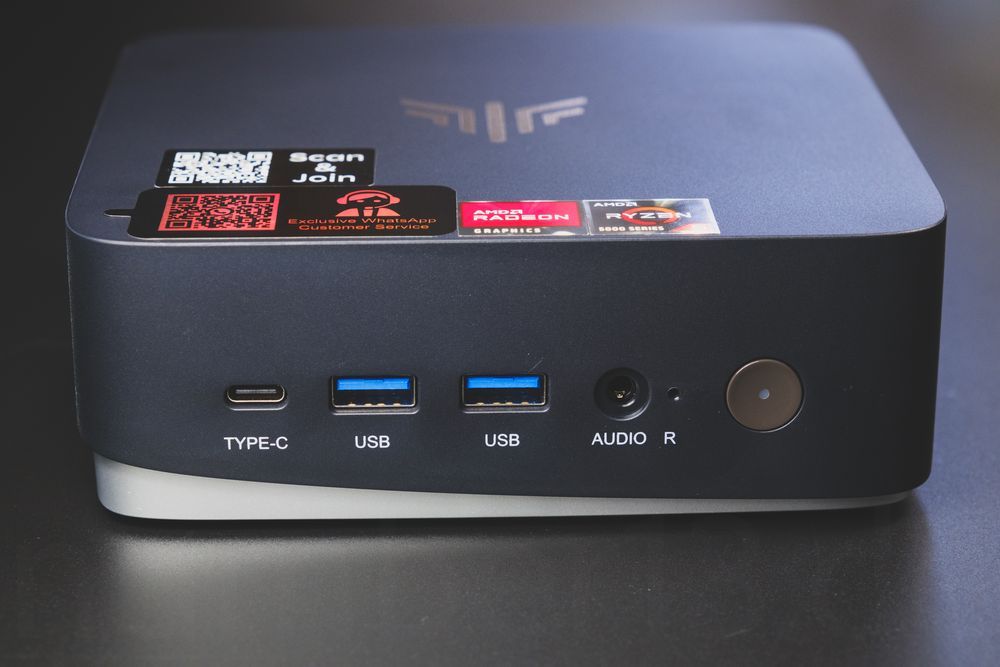
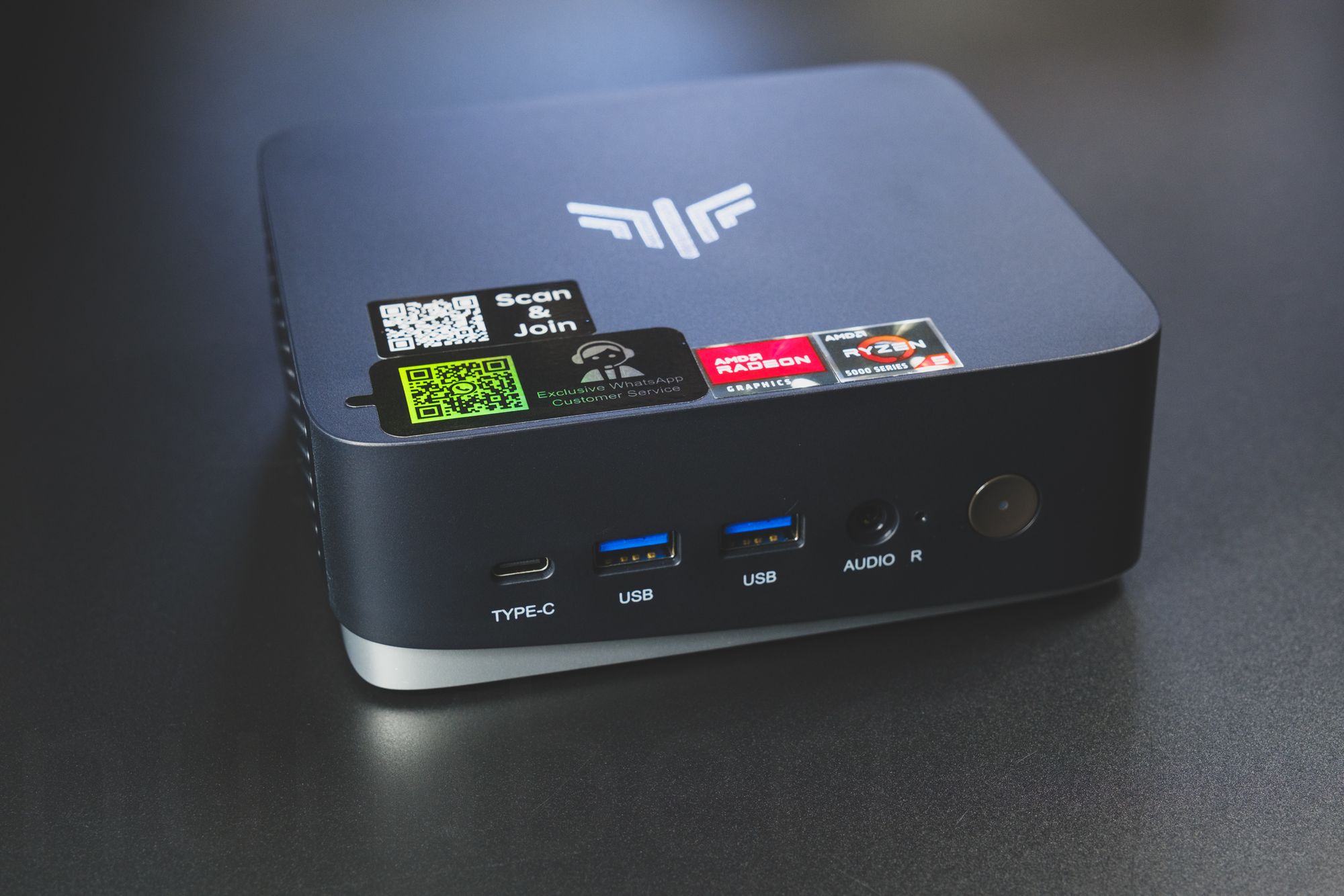

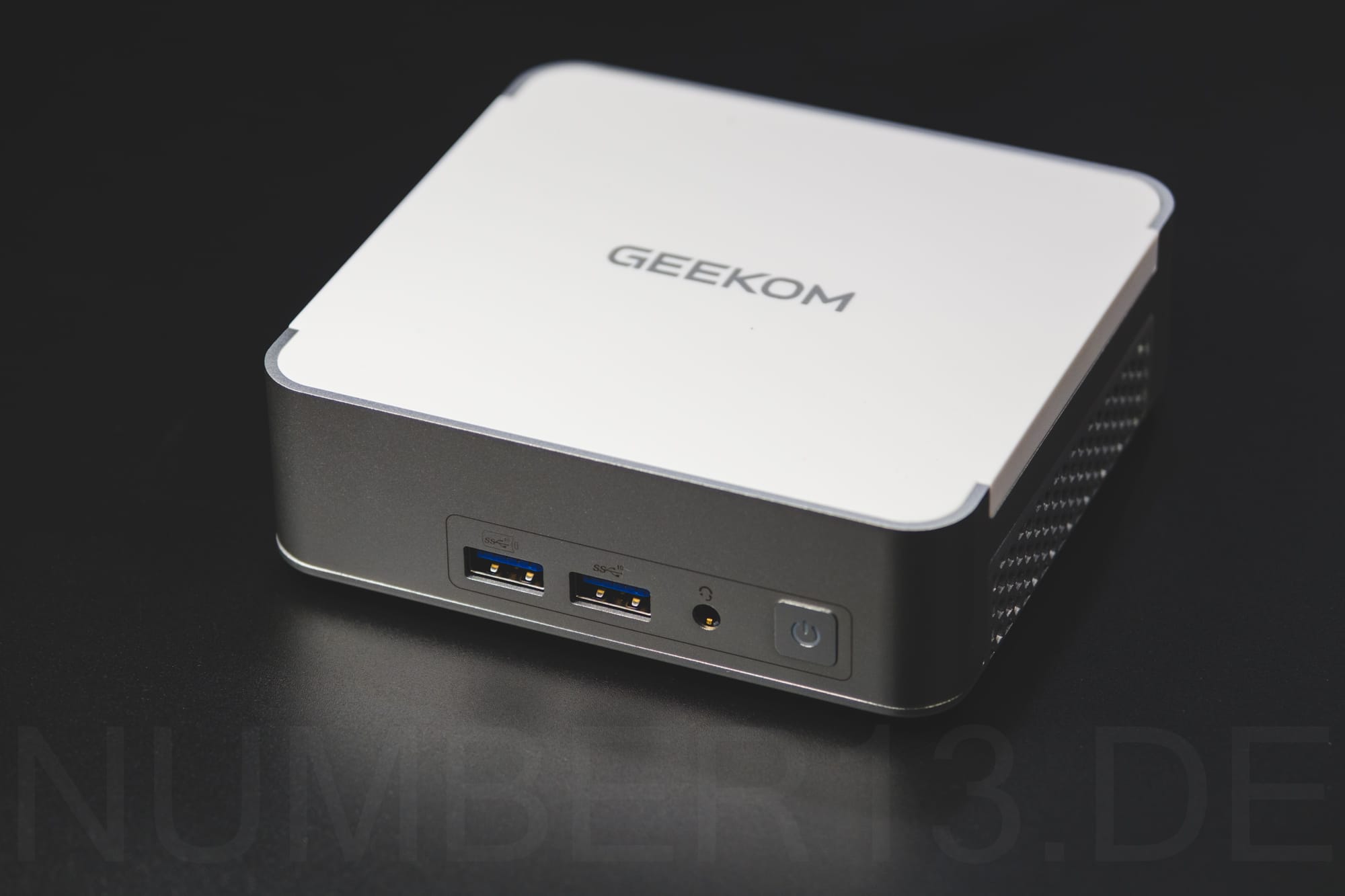
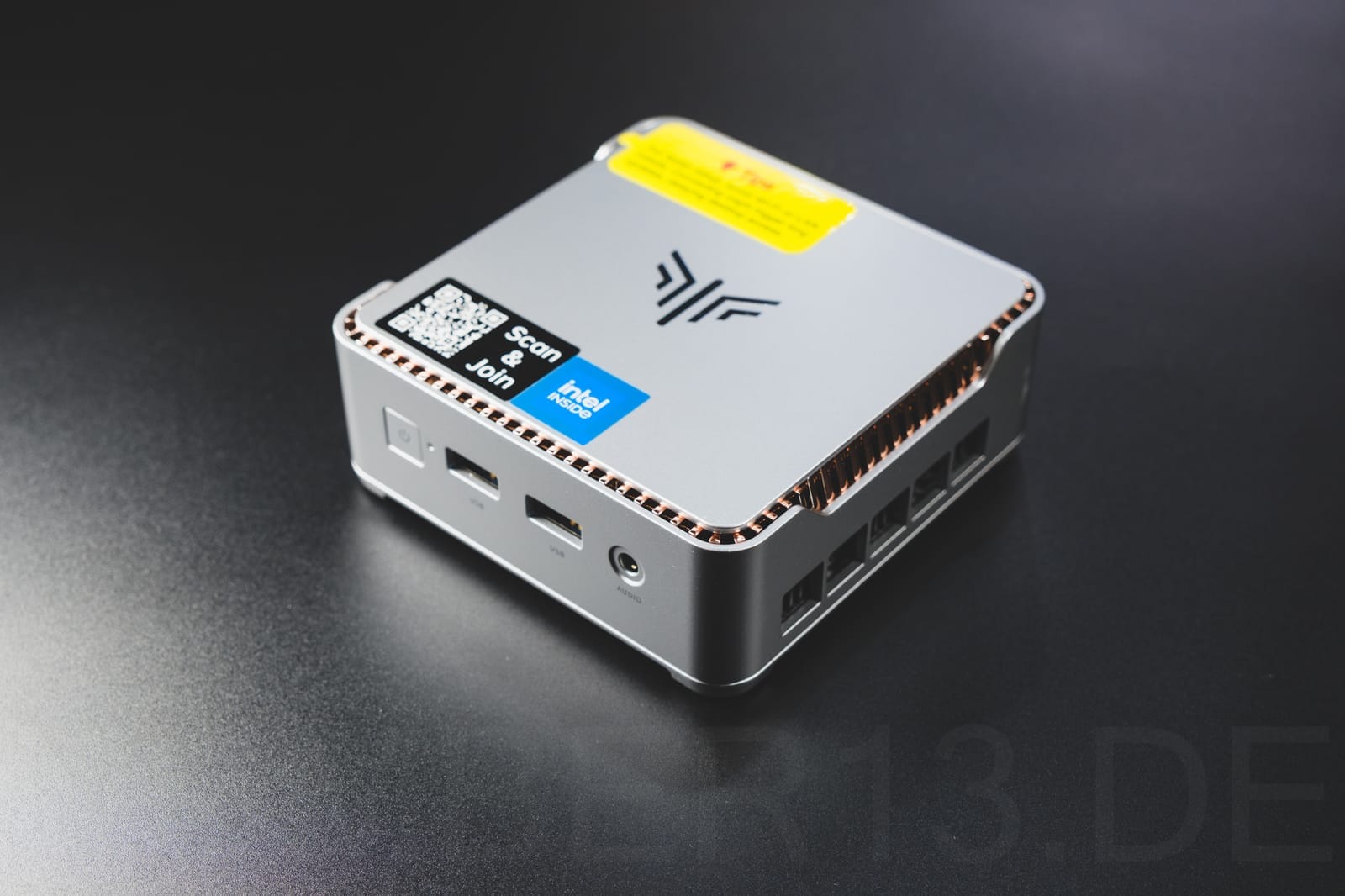
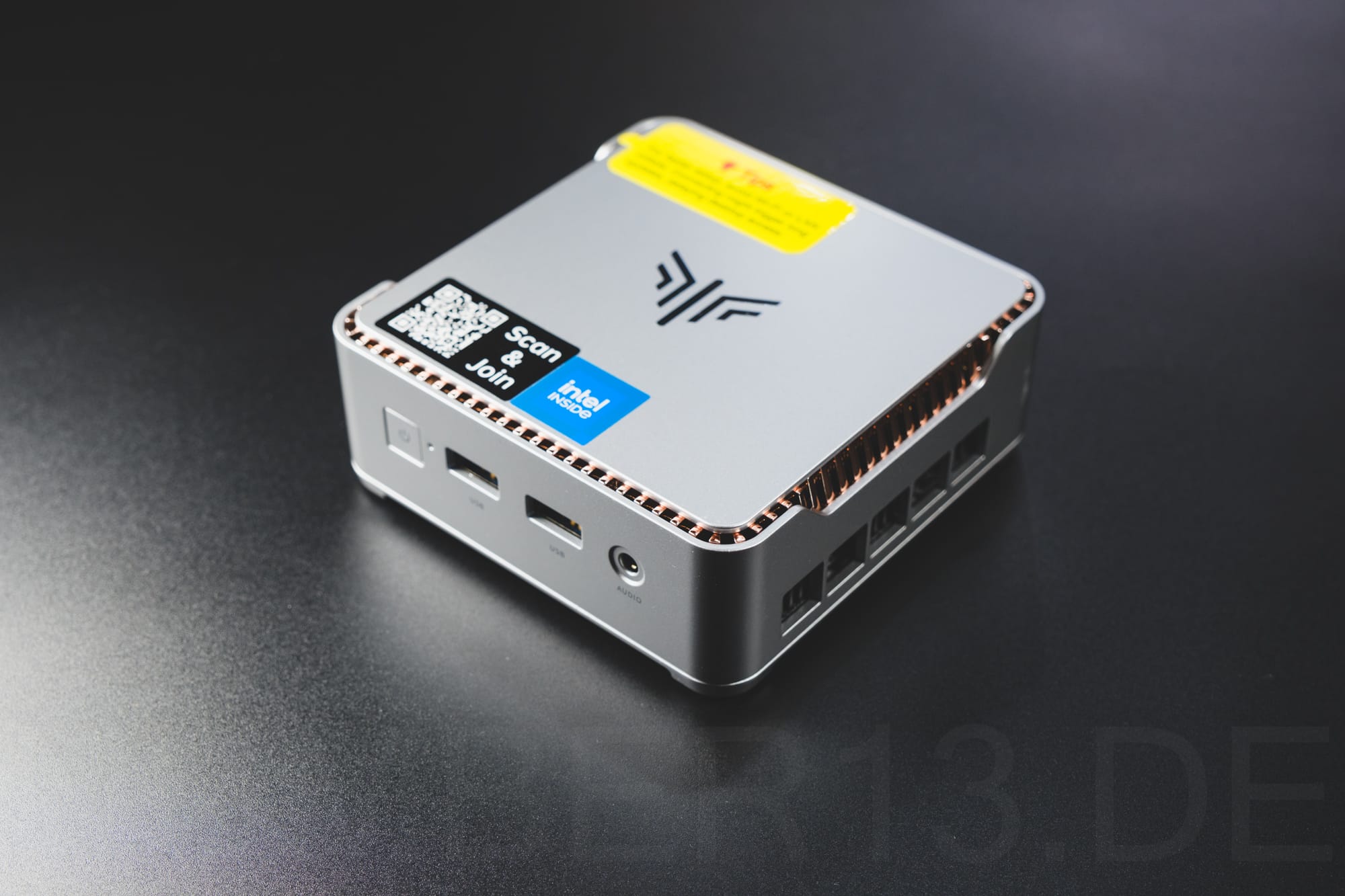
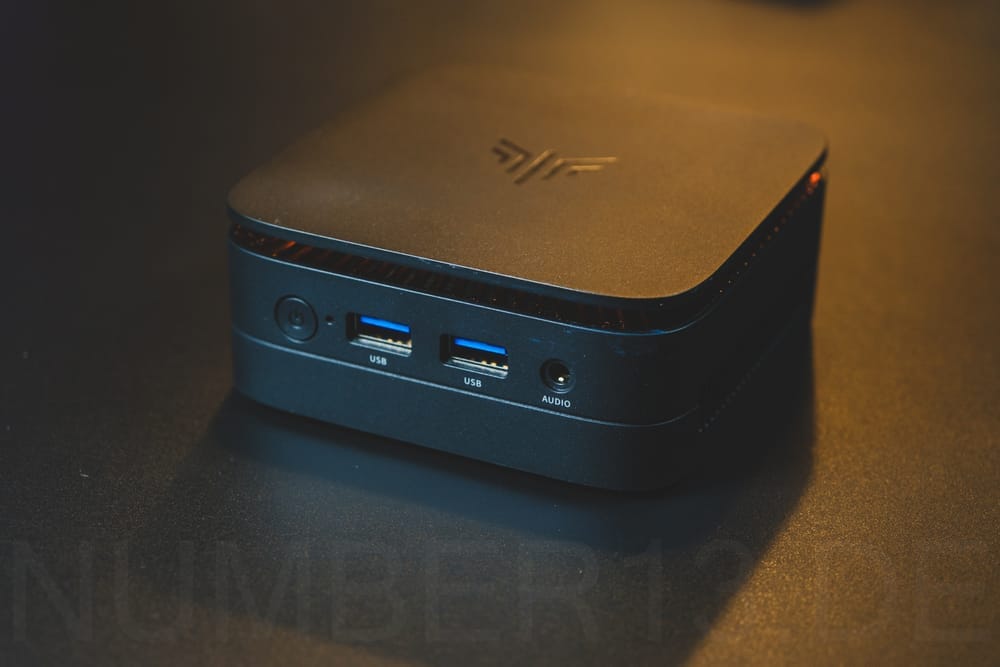
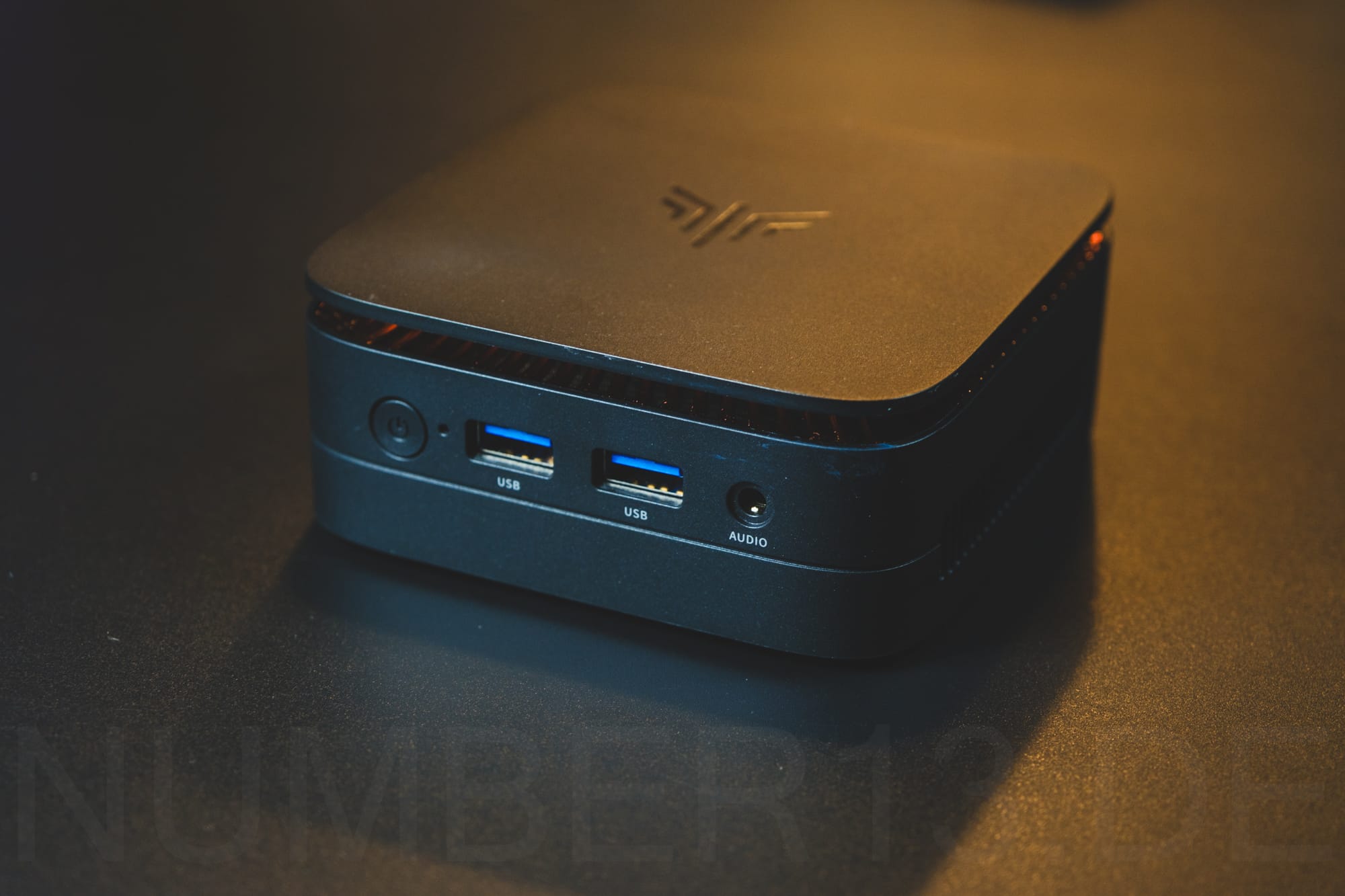
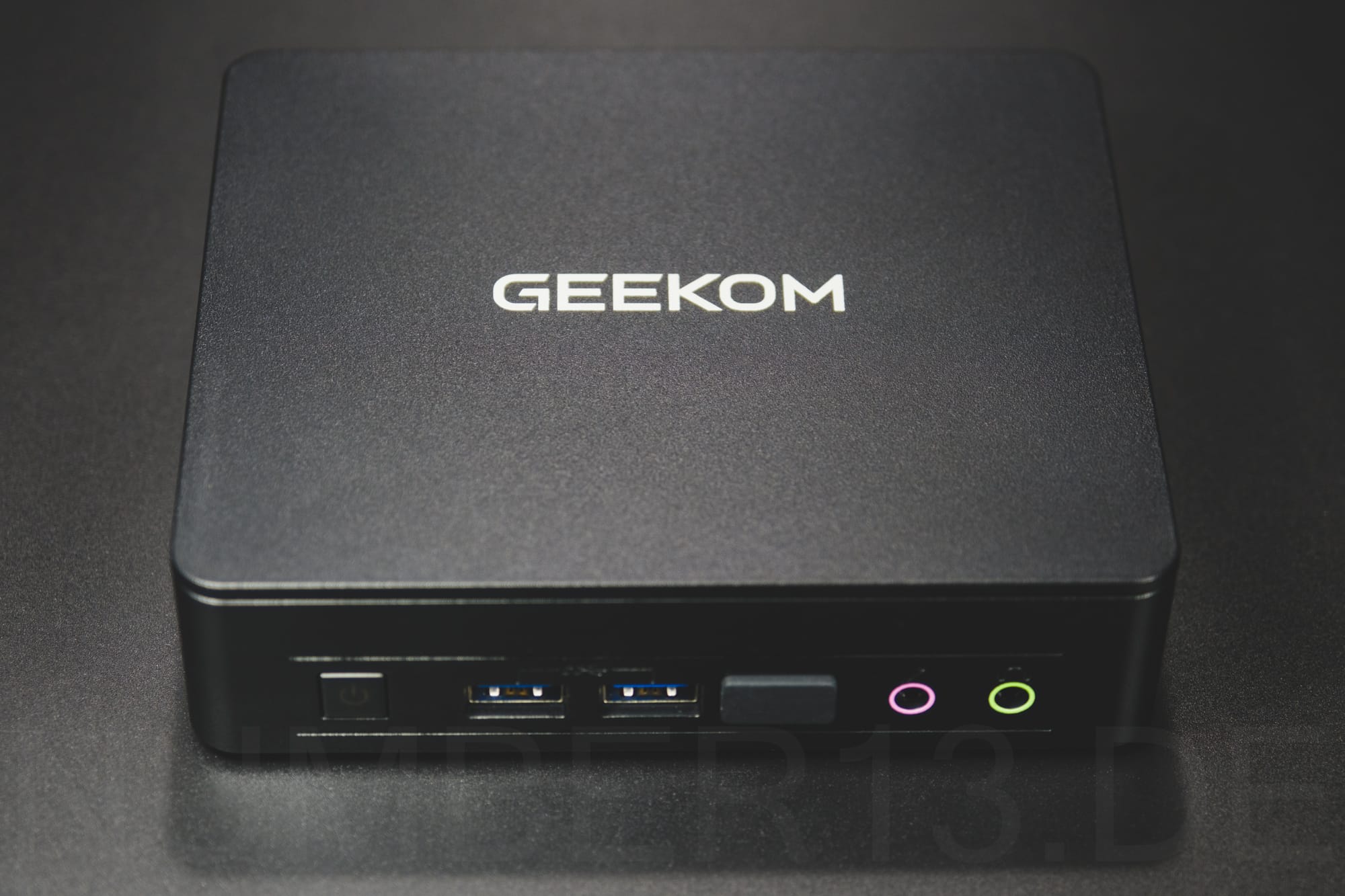
If you press this button it will load Disqus-Comments. More on Disqus Privacy: Link